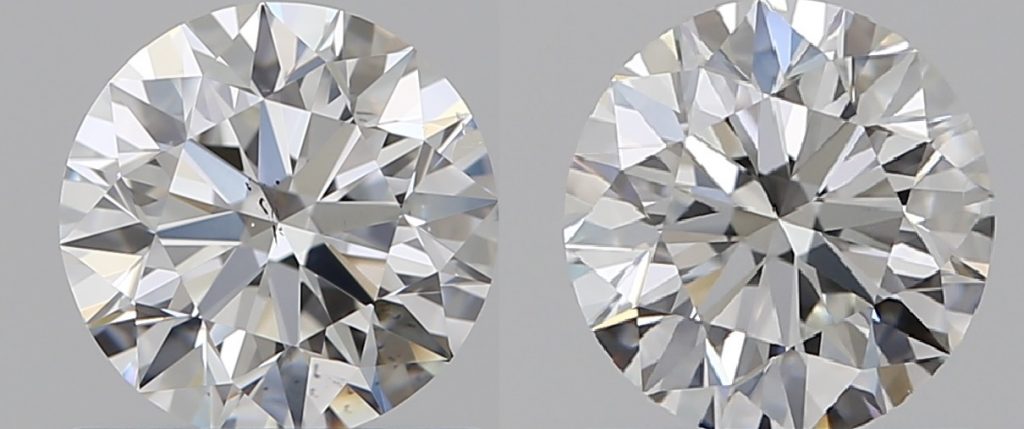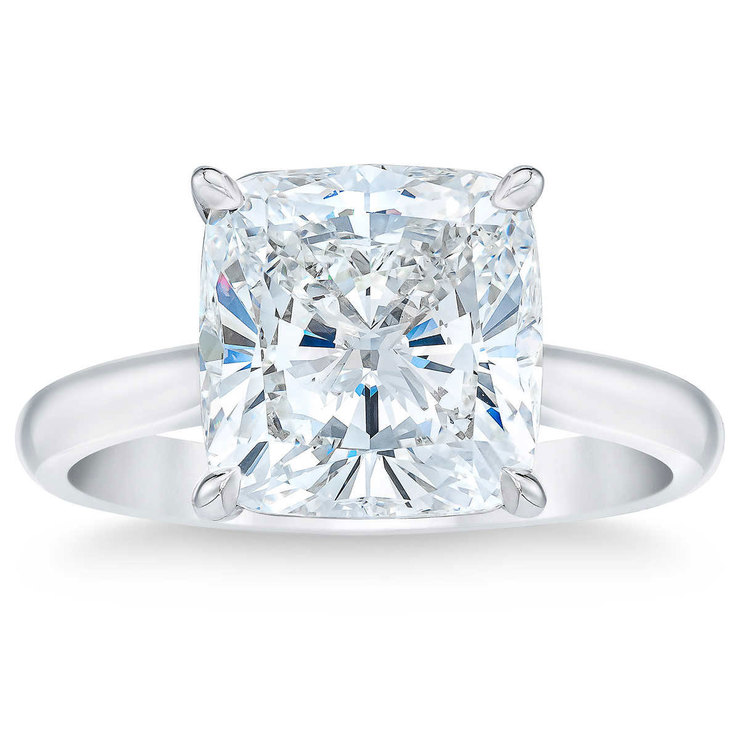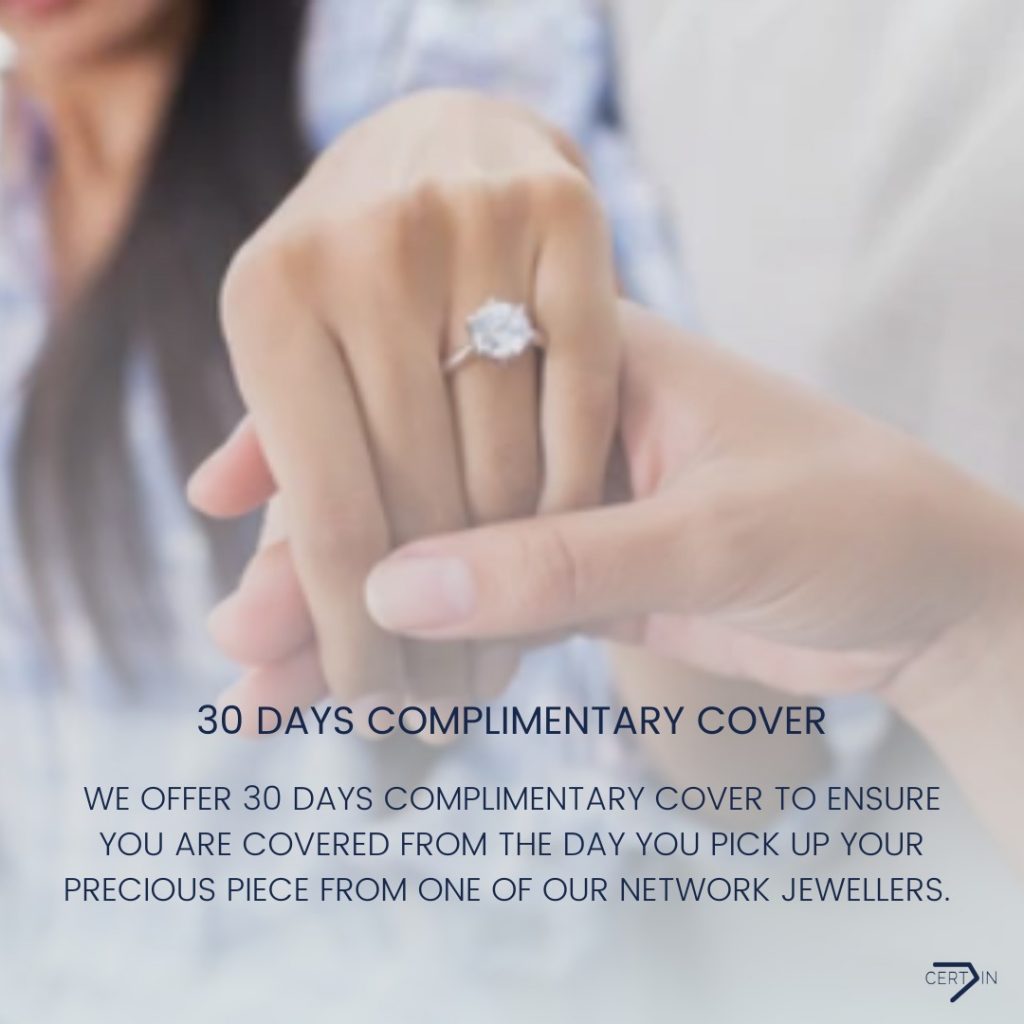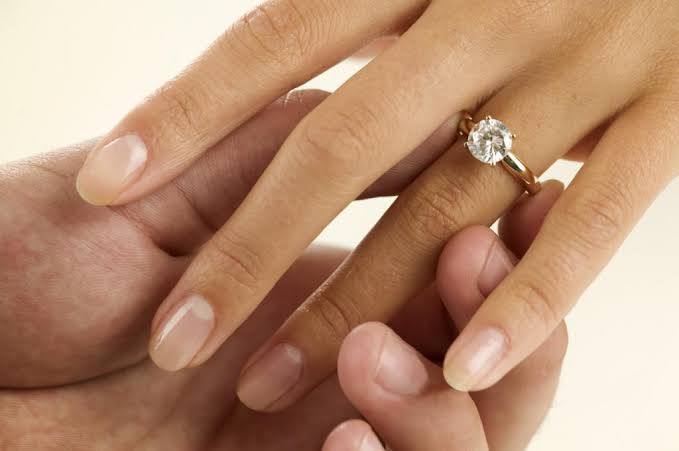
It is possible to trace a diamond if it has been reported as lost or stolen and has been registered with a diamond grading and identification laboratory. Many diamonds are laser-inscribed with a unique identification number or code that can be used to identify the stone if it is recovered.
In addition to laser-inscriptions, diamond grading and identification laboratories such as the Gemological Institute of America (GIA, the International Gemological Institute (IGI) and (DCLA) Diamond Certification Laboratory of Australia, provide certificates for diamonds that include a detailed description of the stone’s characteristics, including its carat weight, colour, clarity, and cut. These certificates are the main method used to help identify a lost or stolen diamond.
However, it is important to note that not all diamonds are registered with these laboratories or have laser-inscriptions. Additionally, some diamonds may be recut or modified in a diamond cutting factory, making them more difficult to identify, But not impossible. Therefore, while it is possible to trace a lost or stolen diamond, it is not always guaranteed.
While measurements do provide all the proportion information about a diamond, they alone cannot be used to definitively identify a diamond.
Diamond measurements typically refer to the dimensions of the stone, including its length, width, and depth, as well as the angles and proportions of the diamond’s cut. Measurements determine a diamond’s shape and some aspects of its quality, such as its symmetry and polish, these alone do not provide enough information to identify a diamond conclusively.
To identify a diamond, experts will rely on a combination of factors, including the diamond’s unique physical characteristics, such as its colour, clarity, and fluorescence, as well as any laser-inscriptions or certificates associated with the stone.
DCLA has a diamond registry, linking your diamond ownership
Source: Certin Diamond insurance





